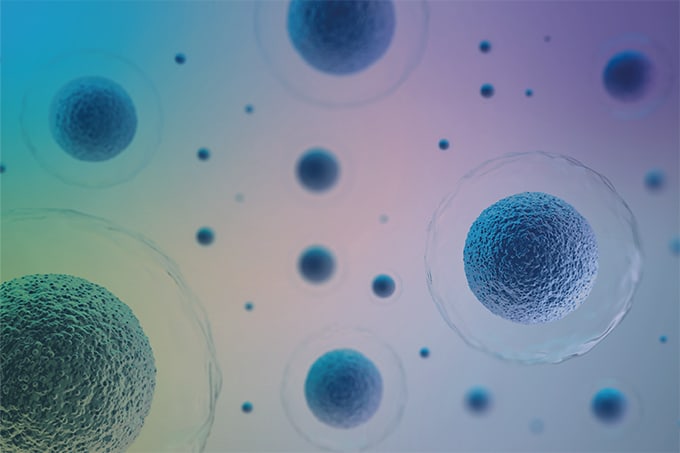In The Story of Our App Note, scientists share the inspiration, challenges, and breakthroughs behind their latest application research. This edition dives into the development of a next-generation LC-MS/MS workflow for rapid, high-specificity bile acid analysis – powered by the ZenoTOF 8600 system and the unique capabilities of electron-activated dissociation (EAD). Scroll down to read the interview and download the full technical note.

What motivated the development of this workflow?
Bile acids are increasingly recognized as critical regulators of metabolism and gut health, yet their analysis is notoriously complex due to structural diversity and isomeric similarities. Our motivation was to create a workflow that delivers high specificity and speed, enabling researchers to move beyond total bile acid measurements toward detailed profiling that can inform diagnostics and therapeutic strategies. This drove us to leverage the ZenoTOF 8600 system – designed for high-resolution, high-sensitivity analysis.
What analytical challenges did you face, and how did you overcome them?
The biggest hurdles were chemical noise in traditional MS approaches and the difficulty of distinguishing isomeric bile acids. Conventional triple quadrupole systems lacked the specificity needed for confident identification. We overcame these challenges by leveraging high-resolution mass spectrometry with electron-activated dissociation (EAD) on the ZenoTOF 8600 platform. This approach captures unique fragment ions, reducing noise and improving isomer differentiation without relying solely on chromatography.
Were there any surprises or “eureka moments” during development?
One breakthrough was realizing that EAD fragmentation could unlock structural details previously inaccessible with standard CID methods. This allowed us to design an assay that delivers both sensitivity and specificity in under 10 minutes – a major leap forward for high-throughput bile acid analysis.
How could this workflow influence future bile acid and metabolomics research?
Looking ahead, this workflow has the potential to transform bile acid and metabolomics research. By enabling rapid, precise bile acid profiling, this workflow opens doors to new insights into gut-host interactions, maternal-fetal health, and inflammatory diseases. It sets the stage for early diagnostics, personalized therapies, and expanded metabolomics studies that integrate bile acid signalling into broader omics research.





